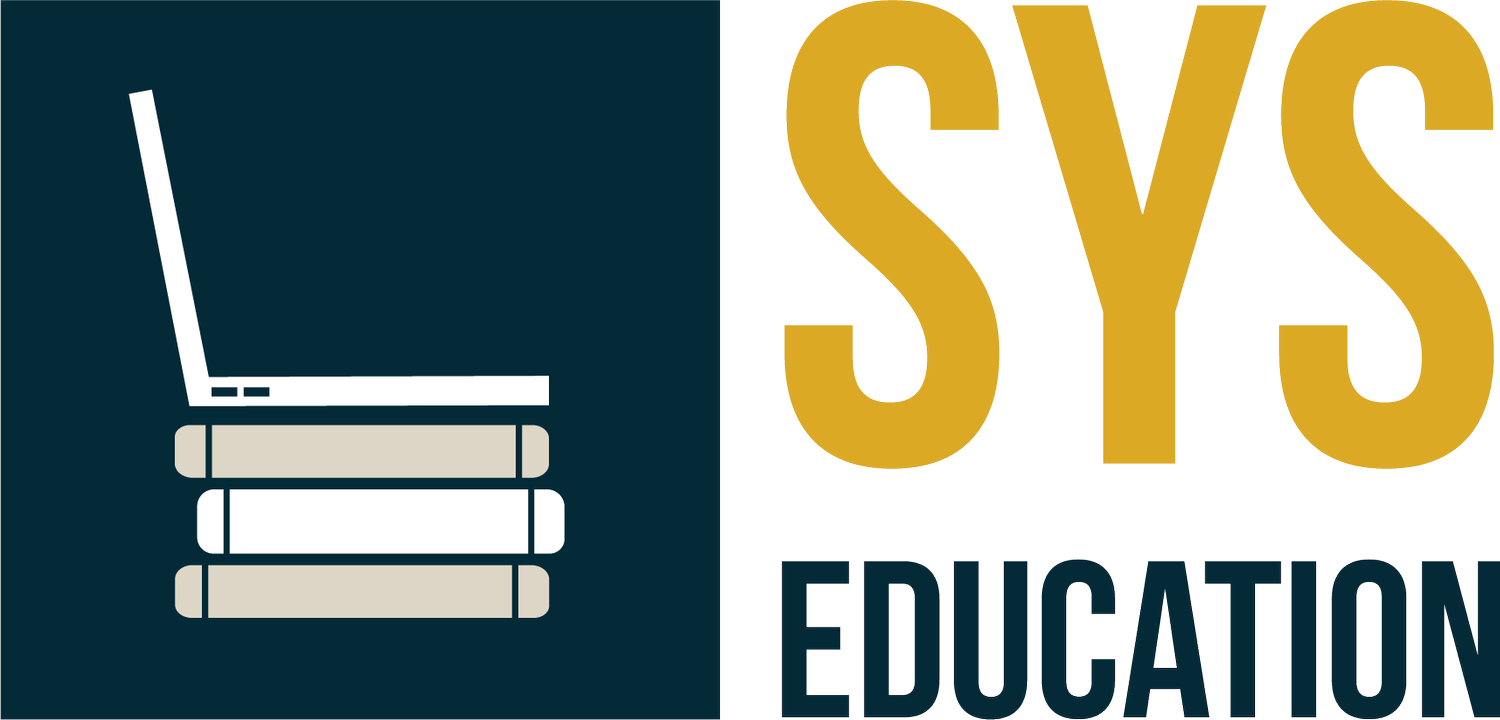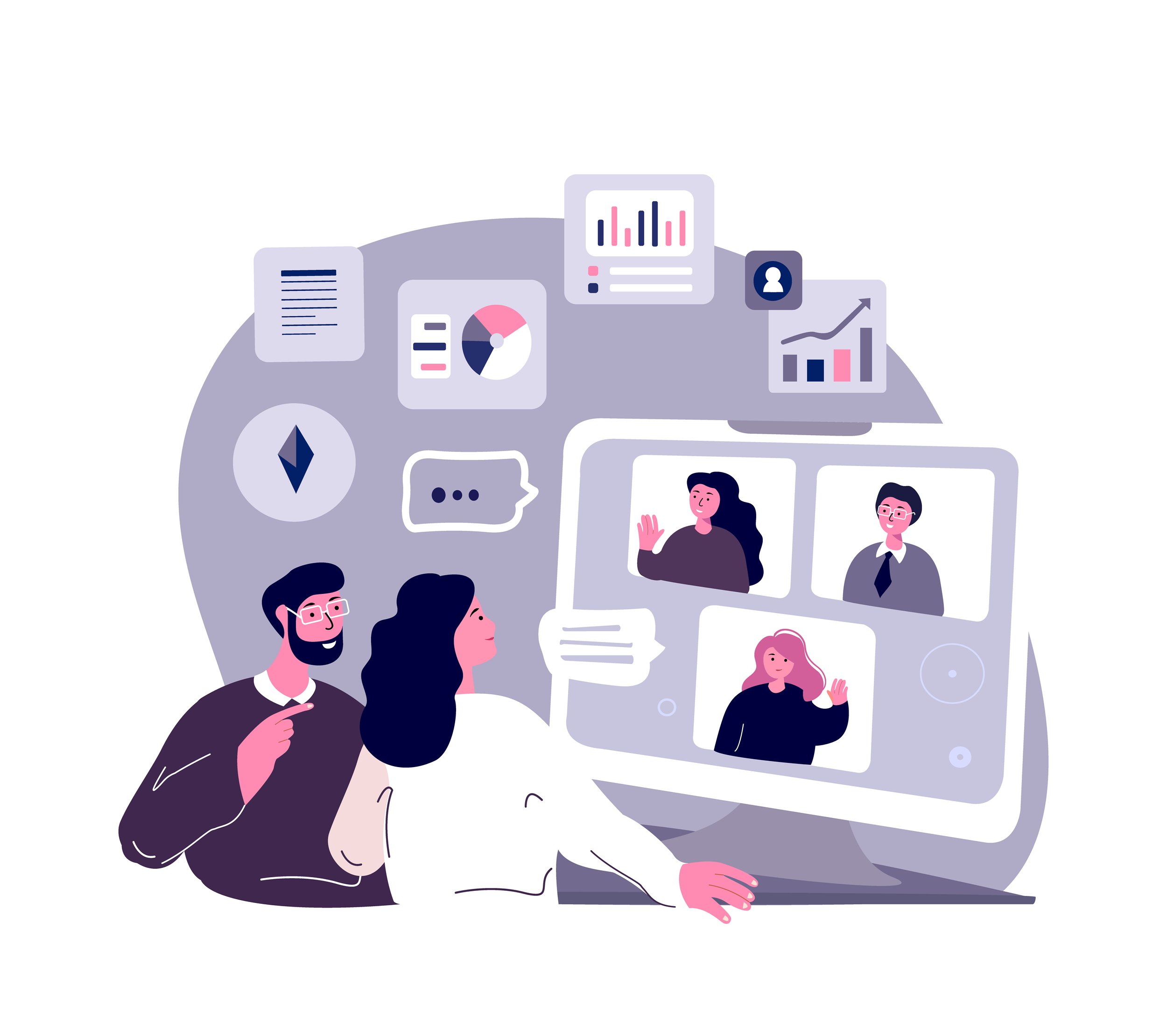SYS and Virtual School Success
By Natalie Farrell
There’s a lot that must be pre-planned and intentionally designed in the background for an online school or program to function properly for students and families. For starters, going over balancing synchronous and asynchronous instruction, eliminating user friction, starting with ideas, not tech, and more. It’s okay to use fewer apps, the power of using those few apps really well, and that we should treat ourselves like a best friend. They teach us that we should be kind to ourselves as we learn and take risks in the online world. Let’s dive in to what they have to say.
When it comes to asynchronous learning, it is good practice to plan out the asynchronous learning opportunities, because not all new learning should happen in those live classes. A lot of times in online environments, you don’t have the option to have online classes every single day. Work to find a meaningful balance between the synchronized live class work in Zoom, and the asynchronous learning that can be done beyond those platforms. For example: Where can you provide videos (either self-created or from a free online education resource like Khan Academy), or better set yourself up for utilizing the flipped classroom model? Provide videos, text, and more to set the students up coming into the live class having already learned something, and then test that learning out with exit tickets and other forms of assessment
A lot of time is spent making sure that the underlying systems providing your blended experience are working smoothly, and once it is all working, to start working on eliminating as many barriers to entry as possible. In the tech world, this is called “user friction.” Any time a user hits a barrier to what they’re trying to accomplish, it slows them down and makes them less likely to succeed. This could include logging into multiple systems, receiving messages in more than one platform, and automating account creation. A good tech team is working with the online school’s staff to identify the friction points both students and teachers are running into, to make it as smooth and seamless as possible in an online school. At the end of the day, it’s all about if the students are learning, and we have to do our best to make that happen.
Lastly, treat yourself as your own best friend. Don’t be afraid to ask for help. Everyone has been there before you, everyone is willing to help, and everyone knows what you’re going through. Ask for help. Really give yourself a lot of grace periods to test things out, make mistakes, and learn from them. There are endless amounts of shiny things to pick out and mess around with, but try to master a few items first. Then, you’ll have that opportunity to document how you implemented those specific tools your first year, and reflect on what is going well and not so well.
To put it all into perspective, be kind to yourself while you are preparing for virtual success for the year. Plan out those synchronous and asynchronous opportunities. Be on top of making sure that all school programs, accounts, and online environments work together to provide a smooth sailing user experience for students of all grades and teachers involved. We hope these resources will help you to prepare for your online school district. To learn more, listen to our Adventures in Online Education podcast to hear the full episode with even more helpful tips and tricks.

